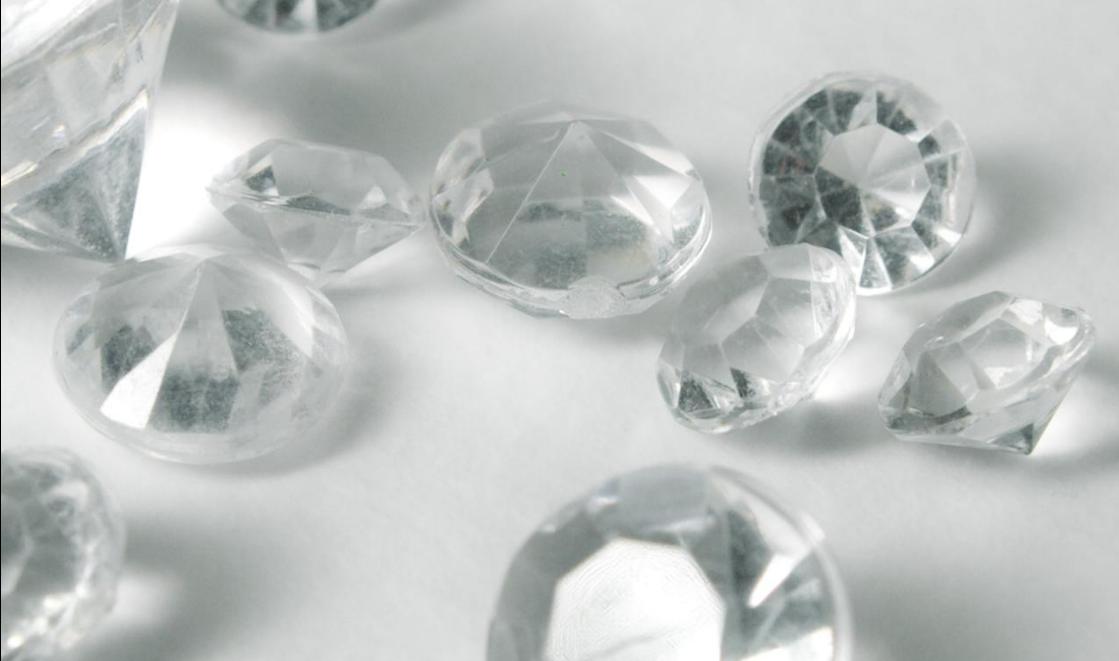When it comes to purchasing a diamond, there are many factors to consider — from personal preference to budget and style. However, in recent years, a growing number of consumers have started to weigh the ethical implications of their diamond choices. In this context, lab-grown diamonds have emerged as a more ethical alternative to traditional earth-mined diamonds. But why is that the case? And how do they compare to their mined counterparts in terms of quality? Let’s take a deeper look.
What Are Lab-Grown Diamonds?
Lab-grown diamonds, also known as synthetic or man-made diamonds, are diamonds that are created in a laboratory using advanced technology. There are two primary methods for producing lab-grown diamonds:
High Pressure High Temperature (HPHT): This process replicates the natural conditions found deep within the Earth’s mantle, where diamonds form under extreme heat and pressure.
Chemical Vapor Deposition (CVD): This method involves breaking down carbon-rich gases in a vacuum chamber, allowing carbon atoms to bond and crystallize into a diamond.
While these methods mimic the natural process of diamond formation, they do so on a much smaller and controlled scale. Lab-grown diamonds are virtually identical to mined diamonds in terms of chemical composition and physical properties. They are made of pure carbon atoms arranged in the same crystalline structure as natural diamonds, and they exhibit the same brilliance, hardness, and durability.
The Ethical Case for Lab-Grown Diamonds
When comparing the ethics of lab-grown diamonds versus earth-mined diamonds, there are a few key areas where lab-grown diamonds have a clear advantage:
- Environmental Impact
One of the most significant ethical concerns surrounding traditional diamond mining is its environmental impact. The process of extracting diamonds from the Earth requires extensive mining operations that can result in habitat destruction, soil erosion, water pollution, and deforestation. Large-scale mining also consumes a great deal of energy and contributes to carbon emissions.
In contrast, lab-grown diamonds have a much lower environmental footprint. They are created in controlled environments using energy-efficient technologies. Additionally, many lab-grown diamond producers are committed to using renewable energy sources, which further reduces their environmental impact. Because lab-grown diamonds do not require the excavation of land or the destruction of ecosystems, their environmental toll is significantly less than that of mined diamonds.
- Human Rights and Labor Practices
The diamond mining industry has long been associated with human rights abuses, particularly in regions where diamonds are mined under exploitative conditions, often referred to as “blood diamonds” or “conflict diamonds.” These diamonds are mined in war zones or areas where miners work under dangerous and inhumane conditions for little pay, and their sales can fund violent conflicts.
Lab-grown diamonds, on the other hand, are produced in a controlled, regulated environment. There are no risks of exploitation or conflict surrounding their creation. Consumers can purchase a lab-grown diamond with confidence, knowing that it was made without the use of child labor, forced labor, or dangerous working conditions. This aspect alone makes lab-grown diamonds a far more ethical choice.
- Transparency and Traceability
Another challenge with mined diamonds is the lack of transparency in the supply chain. Even though many diamond producers now adhere to the Kimberley Process Certification Scheme, which aims to prevent the trade of conflict diamonds, the system is not foolproof. The supply chain can be complex, and it’s often difficult for consumers to trace the origins of their diamond with certainty.
Lab-grown diamonds, however, offer full transparency. Each lab-grown diamond is produced in a traceable environment, and buyers can easily access information about how and where their diamond was made. This makes it much easier to ensure that the diamond you purchase aligns with your ethical values.
Are Lab-Grown Diamonds the Same as Earth-Mined Diamonds?
Yes, lab-grown diamonds are the same as earth-mined diamonds in terms of their chemical composition and physical properties. Both types of diamonds are made of carbon atoms arranged in a crystal lattice, and they both share the same hardness (10 on the Mohs scale), brilliance, and clarity.
When it comes to appearance, there is no difference between a lab-grown diamond and a mined diamond — to the naked eye, they are indistinguishable. In fact, lab-grown diamonds are graded using the same criteria as mined diamonds, including the 4 Cs: carat, cut, color, and clarity. The only noticeable difference might be in their price, as lab-grown diamonds tend to be more affordable due to the reduced costs of production compared to the high cost of mining and sourcing earth-mined diamonds.
The Bottom Line
Lab-grown diamonds represent a more ethical choice for those who are concerned about the environmental impact, human rights issues, and lack of transparency associated with earth-mined diamonds. Not only are they created with minimal environmental harm, but they also avoid the exploitation and ethical dilemmas that come with traditional diamond mining. Furthermore, lab-grown diamonds are chemically identical to mined diamonds and offer the same physical properties and brilliance, making them a perfect alternative for anyone seeking an ethical, high-quality diamond.
In today’s world, where sustainability and ethics are increasingly important, lab-grown diamonds provide an elegant solution without compromising on quality. By choosing lab-grown, you can have a beautiful diamond that aligns with your values and makes a positive impact on both people and the planet.
